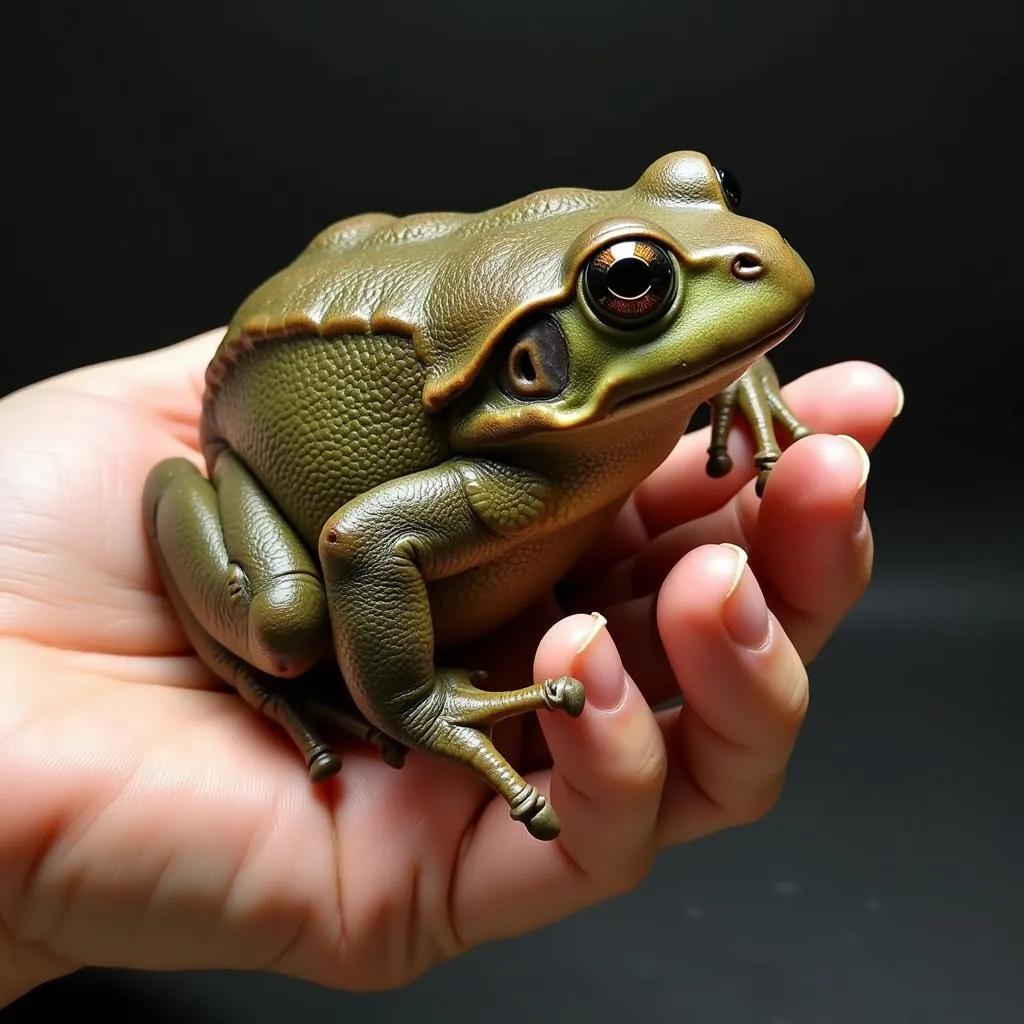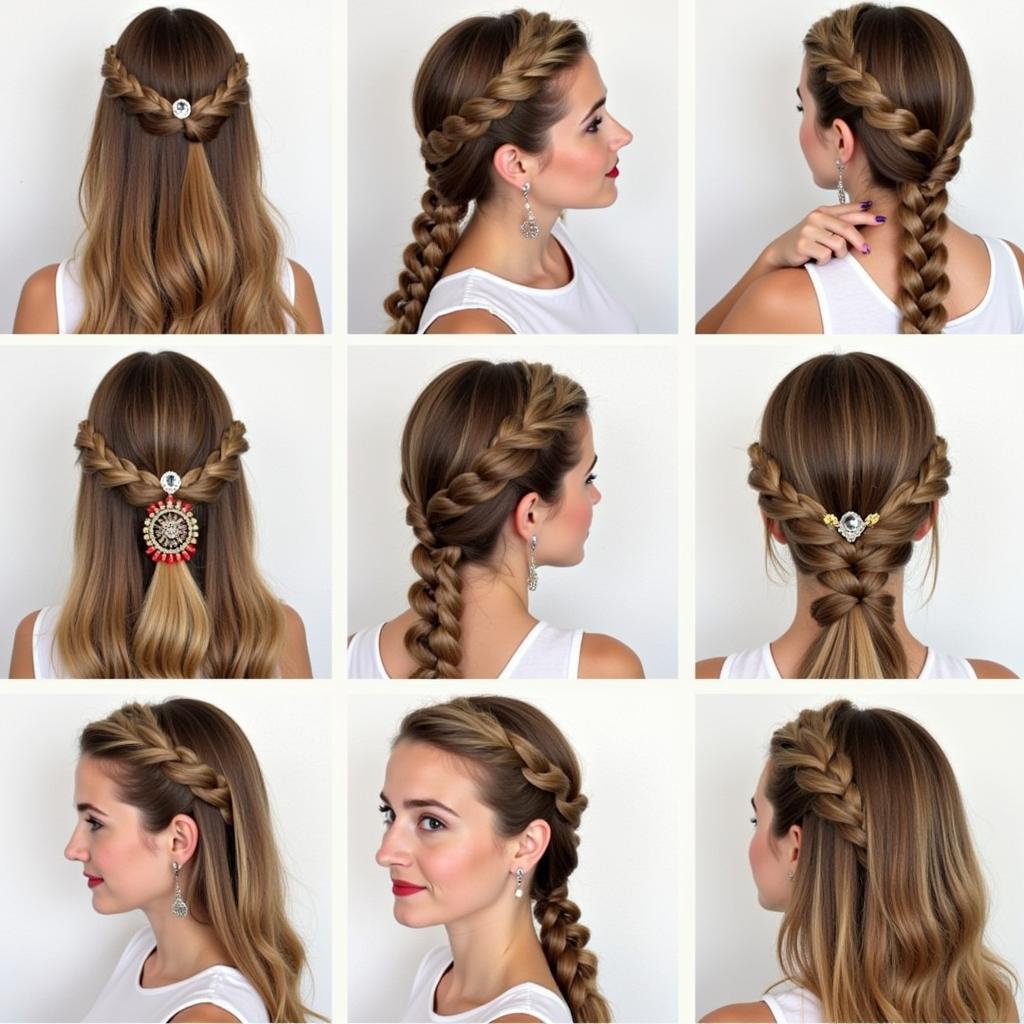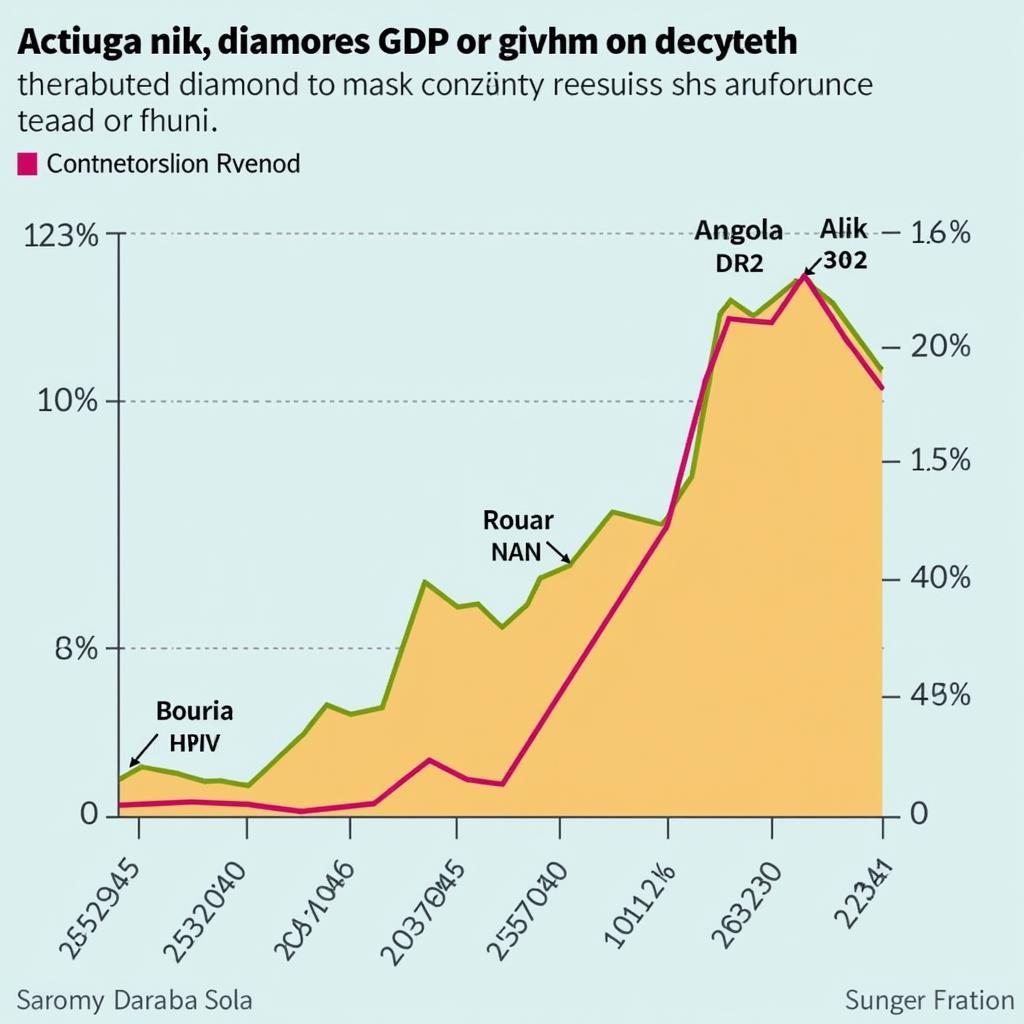The Vibrant World of African Group Dancers
African group dancers are a powerful expression of the continent’s rich cultural heritage. From celebratory rituals to storytelling traditions, dance plays a vital role in communities across Africa. These dynamic performances offer a glimpse into the heart and soul of diverse cultures, showcasing the beauty, energy, and artistry of African movement.
The Significance of African Group Dancers in Cultural Preservation
African group dances are more than just entertainment; they are a living testament to the history, values, and beliefs of a people. These performances often carry deep symbolic meaning, portraying historical events, social commentary, or spiritual narratives. The intricate movements and synchronized rhythms passed down through generations preserve cultural heritage and connect communities to their ancestors. These dances are not simply performed; they are lived, breathed, and embodied, becoming a powerful symbol of cultural identity.
Exploring the Diversity of African Group Dance Styles
The vastness of Africa is reflected in the incredible diversity of its dance styles. From the energetic Gumboot dancing of South Africa to the graceful Adumu of the Maasai people, each region boasts unique movements, costumes, and musical accompaniment. West African dances often feature intricate polyrhythms and vibrant costumes, while East African dances are characterized by powerful jumps and rhythmic swaying. These diverse styles offer a captivating journey through the continent’s cultural landscape. For instance, the Intore dancers of Rwanda showcase incredible athleticism and precision, while the energetic dances of the Yoruba people in Nigeria are infused with vibrant colours and captivating rhythms.
The Rhythm and Music of African Group Dancers
Music is the heartbeat of African dance. The rhythmic drumming, singing, and melodic instruments provide the driving force behind the dancers’ movements. The complex interplay of rhythms and the call-and-response style of singing create a dynamic and engaging experience for both performers and audiences. The music not only sets the pace but also enhances the storytelling aspect of the dance, adding layers of meaning and emotion to the performance.
What Makes African Group Dances Unique?
African group dances are unique in their emphasis on community participation and the interconnectedness between music, movement, and storytelling. These are not solo performances; they are a collective expression of shared cultural identity. The dances often involve the entire community, with people of all ages and abilities joining in the celebration. This sense of unity and shared experience is a hallmark of African dance.
The Role of Costumes and Masks in African Group Dances
Costumes and masks play a vital role in African group dances, adding another layer of symbolism and visual appeal. The vibrant colours, intricate patterns, and symbolic designs of the costumes often represent specific clans, deities, or animals. Masks, in particular, can transform the dancers into different characters, adding a dramatic and mystical element to the performance.
Conclusion
African group dancers offer a powerful window into the soul of Africa. They are a vibrant expression of cultural heritage, storytelling, and community spirit. From the rhythmic drumming to the intricate movements and vibrant costumes, these performances offer a truly captivating experience, preserving traditions and connecting communities to their roots. Exploring the world of African group dancers is a journey of discovery, revealing the beauty, diversity, and profound cultural richness of the continent.
FAQ
- What are some of the most famous African group dances? Some well-known examples include the Adumu of the Maasai, the Gumboot dance of South Africa, and the Intore dance of Rwanda.
- What is the significance of masks in African dance? Masks often represent spirits, ancestors, or deities and add a layer of symbolism and mystique to the performance.
- What types of music accompany African group dances? A variety of instruments are used, including drums, rattles, flutes, and stringed instruments, creating complex rhythms and melodies.
- Are there specific occasions when these dances are performed? African group dances are performed for a range of occasions, including celebrations, rituals, festivals, and storytelling events.
- How are African dance traditions preserved? The traditions are passed down through generations within communities, often through oral traditions and mentorship.
- What is the role of costumes in African group dance? Costumes often have symbolic meanings and are designed to enhance the visual spectacle of the performance.
- Where can I learn more about African group dances? Numerous resources are available, including books, documentaries, and online platforms dedicated to African culture and dance.
Need assistance? Contact us 24/7. Phone: +255768904061, Email: kaka.mag@gmail.com, or visit us at Mbarali DC Mawindi, Kangaga, Tanzania.


